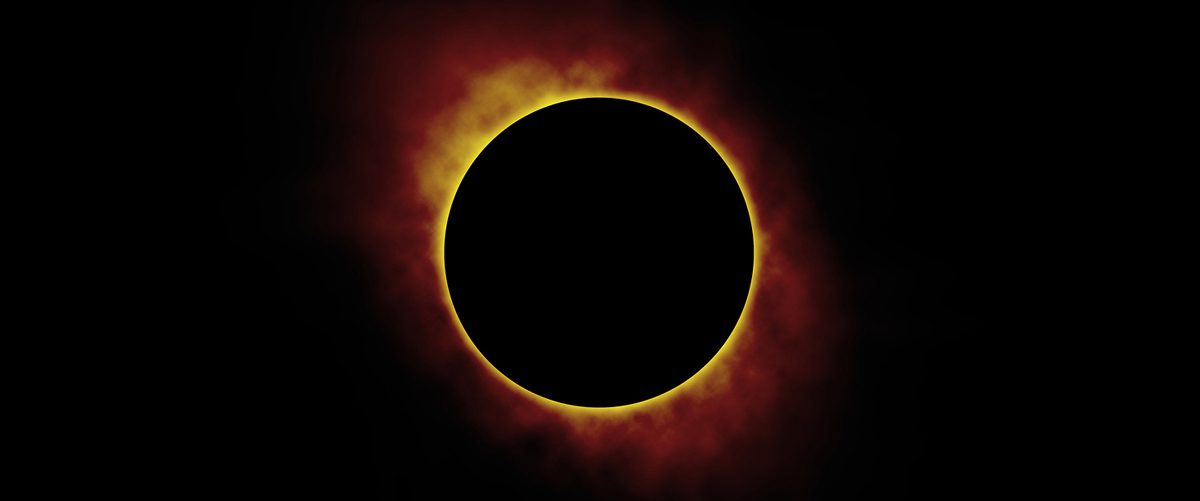October 2, 2024 Annular Solar Eclipse
October 2, 2024, an annular solar eclipse, is an upcoming celestial event that has captured the attention of astronomy enthusiasts worldwide. The moon will pass before the sun during this eclipse, creating a “ring of fire” effect in the sky. Unlike a total solar eclipse, the moon will not completely cover the sun, resulting in a unique and beautiful display.

An annular solar eclipse, sometimes described as a “ring of fire” is different from a total solar eclipse in that the view of the sun is never completely blocked by the moon. Therefore it is never safe to look directly at an annular eclipse without proper eye protection, such as solar eclipse glasses that meet the ISO 12312-2 standard.
The eclipse will be visible from a narrow path that passes through the Earth’s southern hemisphere. The direction of the eclipse will begin in the southern Pacific Ocean and cross over Chile and Argentina before ending in the southern Atlantic Ocean. Observers in these areas can see the “ring of fire” effect created by the moon passing in front of the sun.
The eclipse will begin around 10:56 UTC in the southern Pacific Ocean, and the point of the maximum eclipse will occur at 12:25 UTC over Argentina. The eclipse will last approximately three hours and end around 13:52 UTC in the southern Atlantic Ocean.
While the eclipse path passes over some of the most remote areas on Earth, those fortunate enough to witness the event will be treated to a truly awe-inspiring display. The “ring of fire” effect created by the moon passing in front of the sun is a rare and beautiful sight that will captivate viewers.
For those planning to observe the October 2, 2024, annular solar eclipse, it is essential to take necessary precautions to ensure a safe and enjoyable experience. Looking directly at the sun during an eclipse can cause permanent eye damage, so it is crucial to use proper eye protection. Special eclipse glasses or solar filters for telescopes or cameras can be used to view the event safely.
It is also essential to find a suitable location for viewing the eclipse. The eclipse path passes over some of South America’s most beautiful and remote areas, and observers may need to travel to reach a suitable viewing location. Weather conditions can also impact visibility. Observers may need to consider cloud cover or other factors when choosing a viewing site.
For those unable to witness the October 2, 2024, annular solar eclipse in person, many online resources will provide live streams or recordings of the event. This allows viewers worldwide to experience the beauty of the eclipse from the comfort of their homes.
An annular solar eclipse, is a rare and beautiful celestial event that offers astronomy enthusiasts a unique opportunity to witness a “ring of fire” in the sky. While the path of the eclipse passes over some of the most remote areas on the planet, those fortunate enough to witness the event will be treated to a truly awe-inspiring display. With proper planning and necessary precautions, observers can ensure a safe and enjoyable experience while witnessing this rare event.

 Never look directly at the sun during a solar eclipse (except during the very brief time the sun is in total eclipse; and even then, with caution). Looking directly at the sun can cause permanent damage to your eyes. After viewing a solar eclipse, seek treatment from an eye care professional if you or your child have any changes in vision that continue to get worse.
Never look directly at the sun during a solar eclipse (except during the very brief time the sun is in total eclipse; and even then, with caution). Looking directly at the sun can cause permanent damage to your eyes. After viewing a solar eclipse, seek treatment from an eye care professional if you or your child have any changes in vision that continue to get worse.
